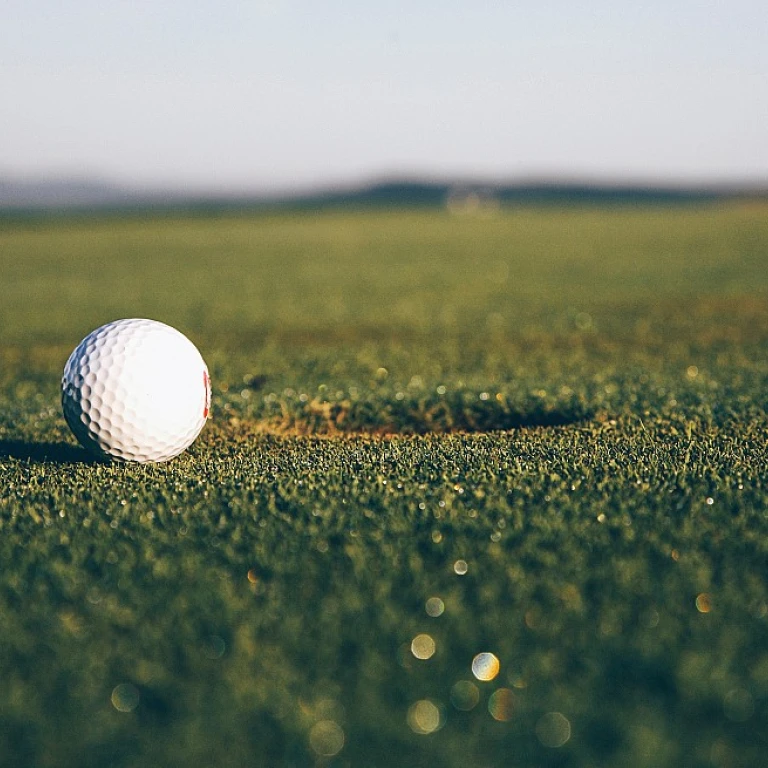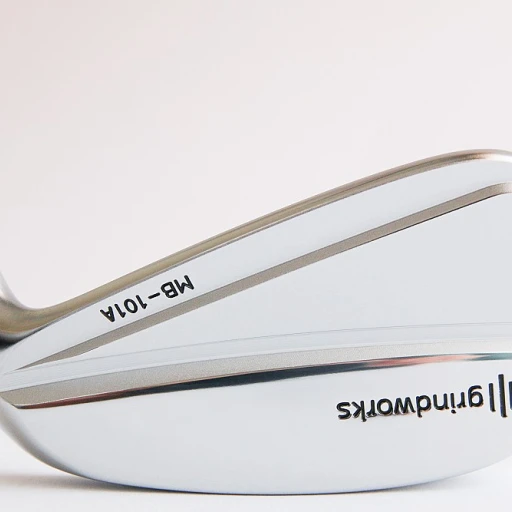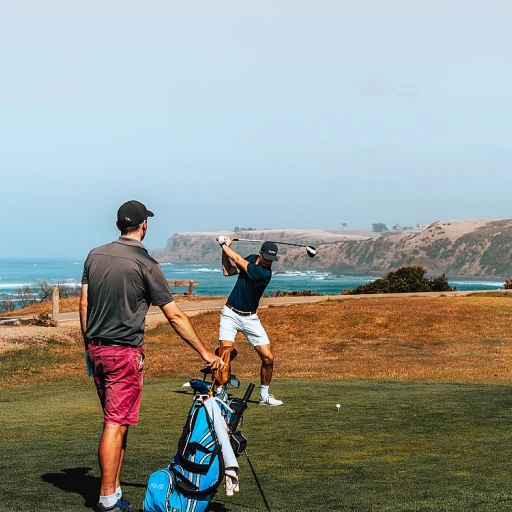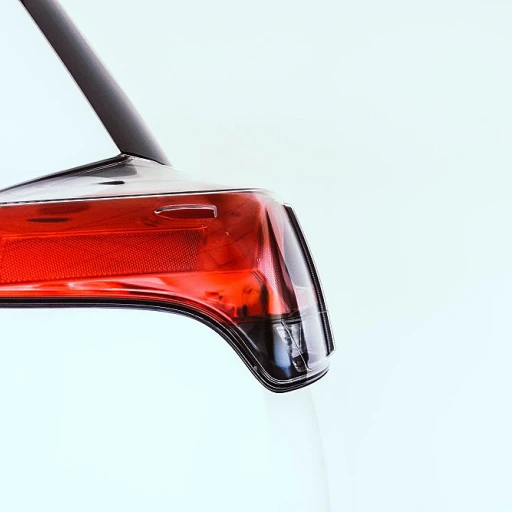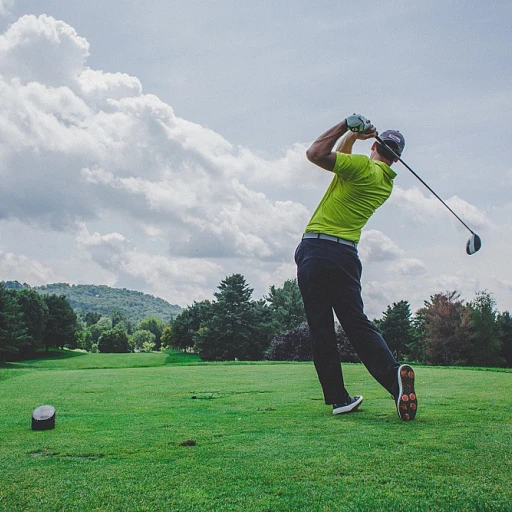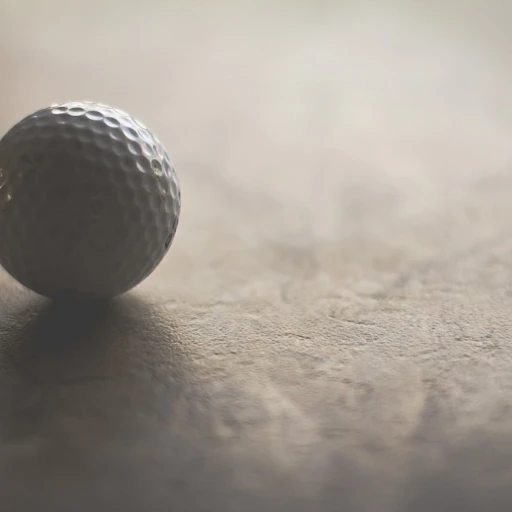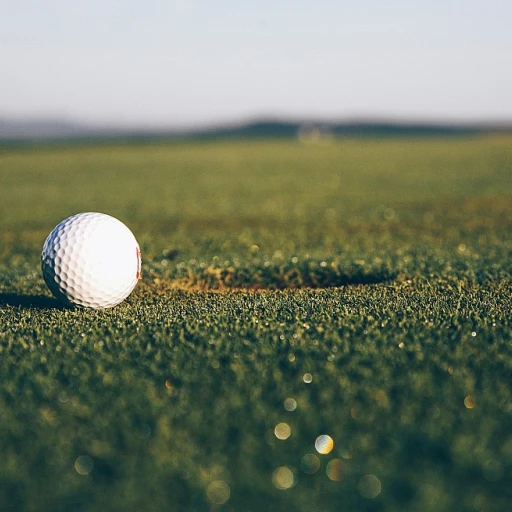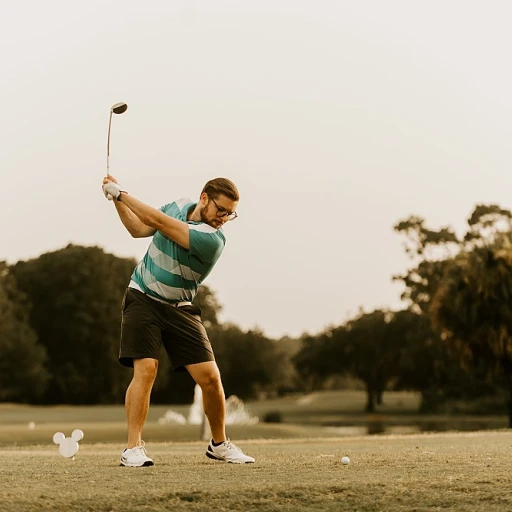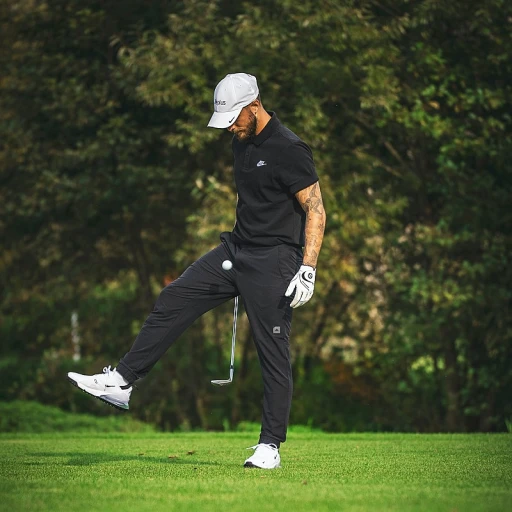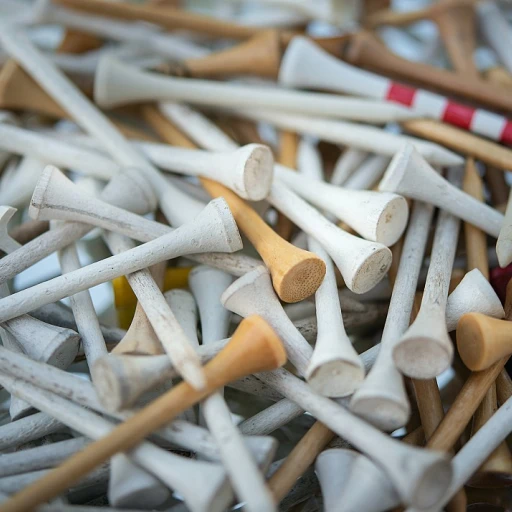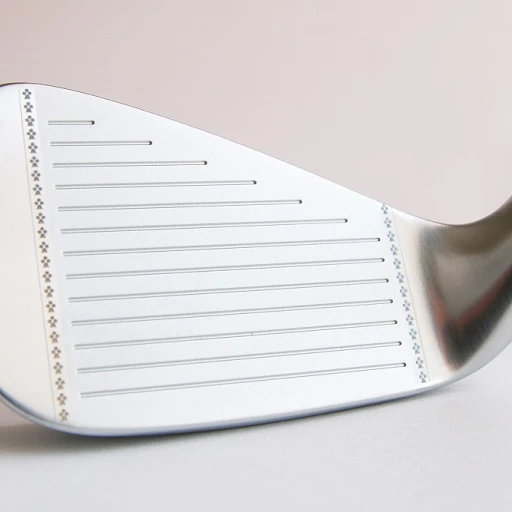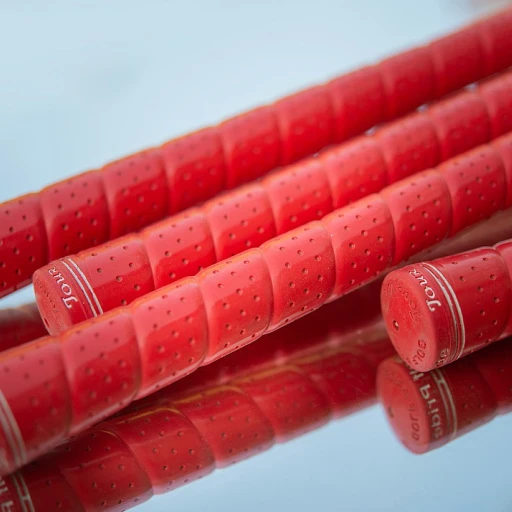
The Basics of Golf Grips
The Foundation of Your Swing: Exploring Golf Grips
Understanding the basics of golf grips is essential for golfers of all levels. The grip serves as the only contact point between your hands and the club, directly influencing the swing and ultimately the ball flight. Whether you opt for a weak grip, a strong grip, or a neutral grip, each position has a unique impact on your golfing performance.
A neutral grip is often recommended for beginners as it offers a balanced approach that facilitates better control over the clubface. The lead hand—the left hand for right-handed golfers—plays a pivotal role. In this grip, golfers usually see only two or three knuckles of their left hand when addressing the ball.
With a strong grip, the left hand rotates more on top, effectively closing the clubface at impact. This position can result in a powerful shot with a right-to-left ball flight, particularly beneficial in certain course conditions. Meanwhile, the weak golf grip creates an open clubface, promoting a left-to-right trajectory.
Grip pressure is another critical aspect to consider; too tight a grip can lead to tension in the wrists and a loss of fluidity in your swing. In contrast, a relaxed grip encourages a smoother motion. The choice between a strong, weak, or neutral grip not only depends on personal style but can also be influenced by the design of luxury golf clubs.
In the upcoming sections, we will delve into how these grip styles play out with premium clubs, the choice of luxury gloves, and expert golfer insights, all of which will enhance your understanding and application of these fundamentals.
Impact on Performance with Luxury Golf Clubs
Effects of Grip on Performance with Premium Clubs
Understanding how different grip styles – strong, weak, or neutral – impact your golf swing is crucial, especially when using luxury golf clubs designed to enhance your performance. Grips significantly affect the clubface impact, influencing both the ball flight and overall shot accuracy. A strong grip, commonly noticed with the top of the left hand more visible, often results in a closed clubface at impact, potentially causing a draw or hook. This grip style may benefit golfers looking to add power to their shots, but excessive strength can lead to inconsistency. On the other hand, a weak grip aligns the lead hand more on top, opening the clubface. While this promotes a fade, it might compromise distance, leaving some players struggling to achieve better shots. Neutral grips, balancing between the extremes of strong and weak, offer a blend of control and power. This grip style assists in keeping the clubface square at impact, thereby enhancing precision, especially essential with high-end clubs that optimize sweet spots. When combined with the fine craftsmanship of luxury golf clubs, mastering the nuances of your grip can lead to remarkable improvements in your game. The top-quality materials and advanced technology in these clubs respond differently to grip pressure and wrist positioning, demonstrating the need for a tailored approach to achieve a consistent golf swing. Exploring such techniques with premium clubs encourages golfers to appreciate the artful interplay between grip adjustments and swing dynamics. Delve further into enhancing your play with luxury elements by exploring the art of golf swings, where you’ll discover insights on optimizing your performance in style.Choosing the Right Grip for Your Style
Choosing an Ideal Hold for Your Preference
In the realm of golf, deciding on the optimal grip can significantly enhance your performance as a player. Whether you prefer a weaker or stronger grip or find a neutral grip more fitting, understanding the nuances can make a noticeable difference in terrain like luxurious courses. Choosing the right grip is not just about comfort; it's about how your approach will interact with the clubface and ultimately affect your ball flight. A weak grip is characterized by the top of your left hand (if right-handed) turning slightly towards the target. This position often promotes an open clubface at impact, resulting in a higher ball flight. It's particularly advantageous when you're aiming for precision over power. Conversely, a strong grip involves rotating your hand slightly more clockwise so that you can see more of the knuckles on your lead hand. This type of hold closes the clubface, creating a more forceful impact which aids in achieving greater distances, especially with luxury golf clubs [achieving a longer ball]. It's beneficial when the need for power outweighs the requirement for finesse. Neutral grips offer a balanced approach, providing a moderate clubface position throughout the swing. It's a strategic choice for golfers who seek consistency and wish to maintain control across a range of shots. It is important to note how grip pressure affects your game. Too firm a hold may hinder wrist action while a too light one may lack stability. Finding that equilibrium is essential for an effective golf swing. For an in-depth exploration of how various hold styles fit into the landscape of luxurious golf, consider trying out different grips under varying course conditions, potentially modifying your approach as described in section 5, to see which offers the best results for you. With time and practice, finding the goldilocks grip that matches your swing style is achievable. Reflecting on unusual items to putt with on the golf course may inspire you to experiment further, demonstrating that even small changes can lead to substantial improvements in performance.Luxury Golf Gloves and Their Role
The Importance of Quality Golf Gloves in Enhancing Grip
The right glove can make a significant difference in your golf performance, especially when it comes to grip. Whether your style inclines towards a strong or weak grip, a luxury golf glove is designed to provide both comfort and control, ultimately allowing for better shot execution. Luxury golf gloves are crafted with high-quality materials that offer several benefits to the discerning golfer:- Enhanced Grip Pressure: Superior textures and fabrics help in maintaining optimal grip pressure, ensuring the golf club is secure in your hands during a swing.
- Custom Feel and Fit: High-end gloves often come in various sizes and styles to cater to individual hand shapes, leading to better grip adjustments and a more personalized feel.
- Optimal Moisture Control: With luxury gloves, moisture wicking technology keeps your hands dry, maintaining grip consistency even in varying weather conditions.
- Durability and Longevity: The materials used in these gloves are not only comfortable but highly resistant to wear and tear, making them a wise investment for consistent performance.
Grip Adjustments for Different Course Conditions
{"Mastering Grips for Varying Conditions
When faced with different course conditions, adjusting your golf grip can translate to significant improvements in your game. It's essential to understand the subtle alterations that can be made to enhance your grip's efficiency, particularly when using luxury golf clubs. Temperature, humidity, and grass type can all affect your grip pressure and swing.
In warmer weather, hands may perspire more, leading to a looser hold on the club. It might be necessary to adopt a stronger grip, increasing pressure slightly with your left hand. This allows better control over your swing, preventing the clubface from opening prematurely during impact.
Conversely, in colder conditions, hands can become less responsive. Here, a neutral grip helps maintain control. Be mindful of maintaining a relaxed wrist position—the key to fluid swings that don't sacrifice power.
For those playing on damp or dewy courses, consider applying extra grip pressure, especially with a weak grip. This can prevent slipping and ensure the lead hand maintains control throughout the shot. If you notice a tendency for pull shots, tweaking your top hand position might help.
The quality of the fairway can also impact your choice. On fast, firm surfaces, a weak golf grip can promote a more desirable ball flight, allowing for better roll and reducing the risk of slicing. Meanwhile, a strong golf grip will often benefit from luxury golf gloves, providing stability without excessive force.
Understanding how weather and course conditions interact with your grip and swing will allow you to make informed choices on the green. This knowledge not only elevates your performance but enhances the overall golfing experience with your luxury equipment.
Expert Tips from Professional Golfers
Insider Insights for Optimal Grip Adjustments
When it comes to mastering your grip for a flawless golf swing, there's no shortage of wisdom from seasoned golfers. These professionals often emphasize the significance of tailoring your grip—be it a strong grip, weak grip, or neutral grip—to suit individual swing styles and course conditions, ultimately affecting how the clubface impacts the ball.- Experiment with Grip Pressures: A key takeaway from expert golfers is the delicate balance required in grip pressure. Too tight a grip may lead to tension, restricting movement, while too loose a grip can result in inconsistent shots. Experiment with grip pressures to find the sweet spot that enhances your swing mechanics.
- Lead with the Left Hand: For a more controlled and effective swing, many professionals suggest focusing on the left hand to guide the motion. A strong left hand leads to a better connection between the clubface and the ball, potentially improving your ball flight and shot precision.
- Adjust According to Ball Flight Tendencies: Understanding whether you naturally hit a draw or a fade can guide your grip adjustments. For instance, a stronger grip often closes the clubface at impact, helping to mitigate a slice. Conversely, a weaker grip can promote an open clubface, useful for those aiming to eliminate a hook.
- Stay Adaptable with Changing Conditions: Professional golfers often address how key it is to adjust your grip based on varying course circumstances. Whether facing windy conditions or different turf types, fine-tuning your grip can be the difference in maintaining direction and distance.

